Introduction
In the realm of professional product photography, the significance of small details cannot be overstated. While the grandeur of a perfectly styled product and a high-end camera is essential, it’s the attention to tiny elements that elevates product images to a whole new level. In this blog post, we’ll explore why small things matter in professional product photography and how they contribute to capturing stunning images that sell.
Lighting
Lighting is the foundation of product photography, and the smallest adjustments can make or break a shot. Professionals employ an array of lighting tools, including softboxes, reflectors, and diffusers, to control and shape the light precisely. Even the placement of a tiny reflector can eliminate harsh shadows or create subtle highlights that emphasize the product’s details.
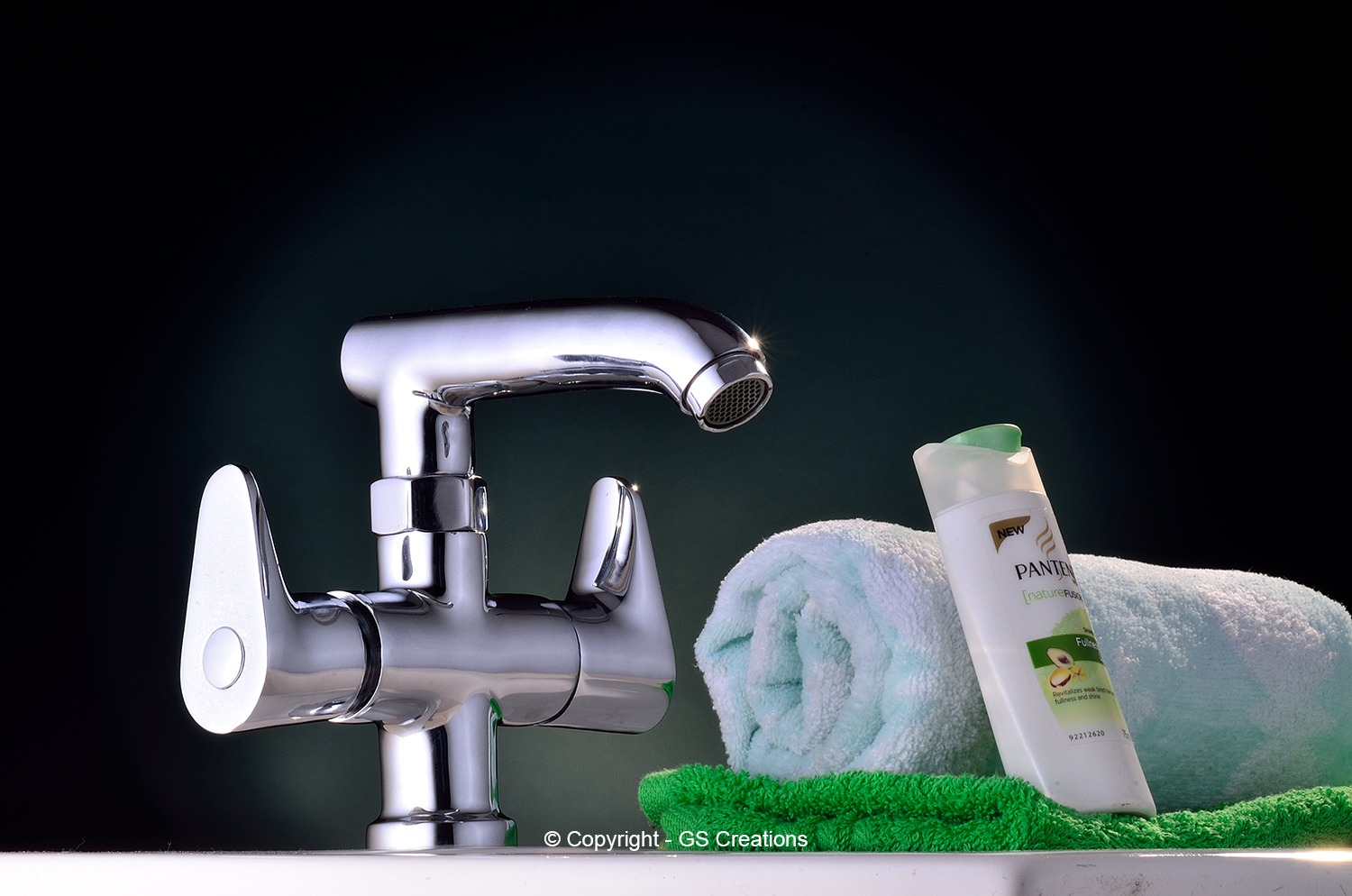
The direction, color temperature, and intensity of light are meticulously adjusted to enhance texture, color, and overall aesthetics. This meticulous control over lighting highlights the product’s features and makes it more appealing to potential customers.
Composition
Composition is another critical aspect of product photography where small changes can yield significant results. The arrangement of props, the angle of the camera, and the positioning of the product itself are all elements that photographers obsessively fine-tune.
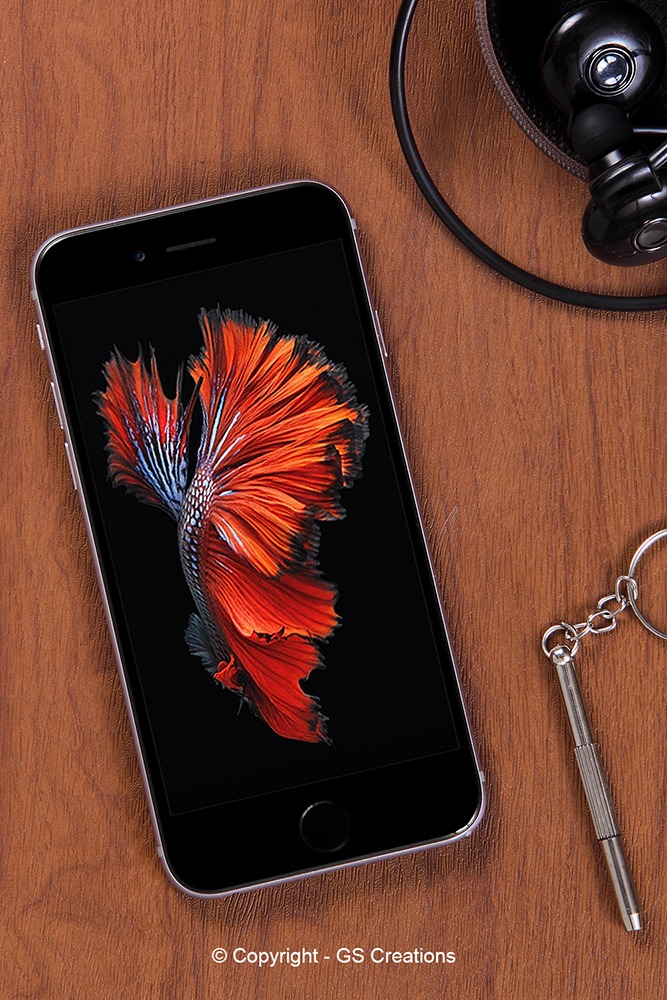
For instance, positioning a product slightly to the left or right within the frame can create a sense of balance and harmony. The use of leading lines and the rule of thirds can also guide the viewer’s eye and create a visually pleasing composition. These small details in composition enhance the product’s appeal and help convey its story effectively.
Props and Accessories
In product photography, the choice of props and accessories, no matter how small, can greatly influence the mood and message of the image. A well-placed, tiny accessory can evoke a sense of luxury, nostalgia, or playfulness. A strategically positioned miniature flower vase or a delicate ribbon can add a touch of elegance to a jewelry or perfume shot.
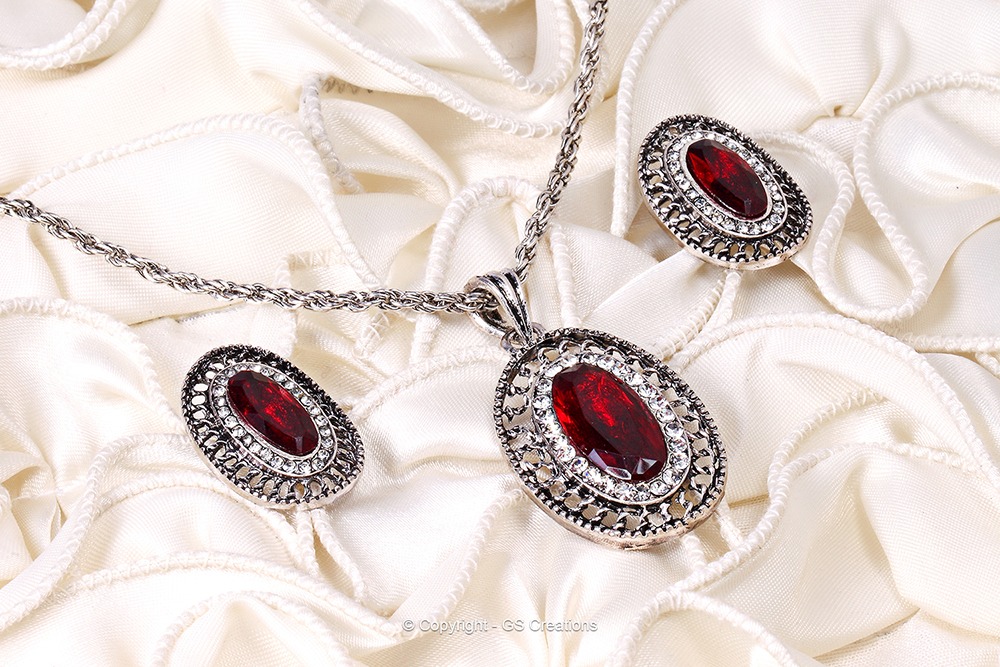
Props also serve as scale references, allowing viewers to better understand the product’s size and dimensions. A small coin or ruler can be used alongside the product to provide context, which can be especially important for online shoppers.
Post-processing
Post-processing is the digital counterpart to the meticulous adjustments made during the photoshoot. Even minor alterations such as color correction, retouching, and sharpening can significantly impact the final image quality. Professional photographers use software like Adobe Photoshop to fine-tune these details, ensuring that the product looks flawless and appealing.

Removing small imperfections, enhancing texture, and ensuring accurate color representation are all part of the post-processing workflow. The goal is to create a product image that is not only visually captivating but also accurately represents the product that customers will receive.
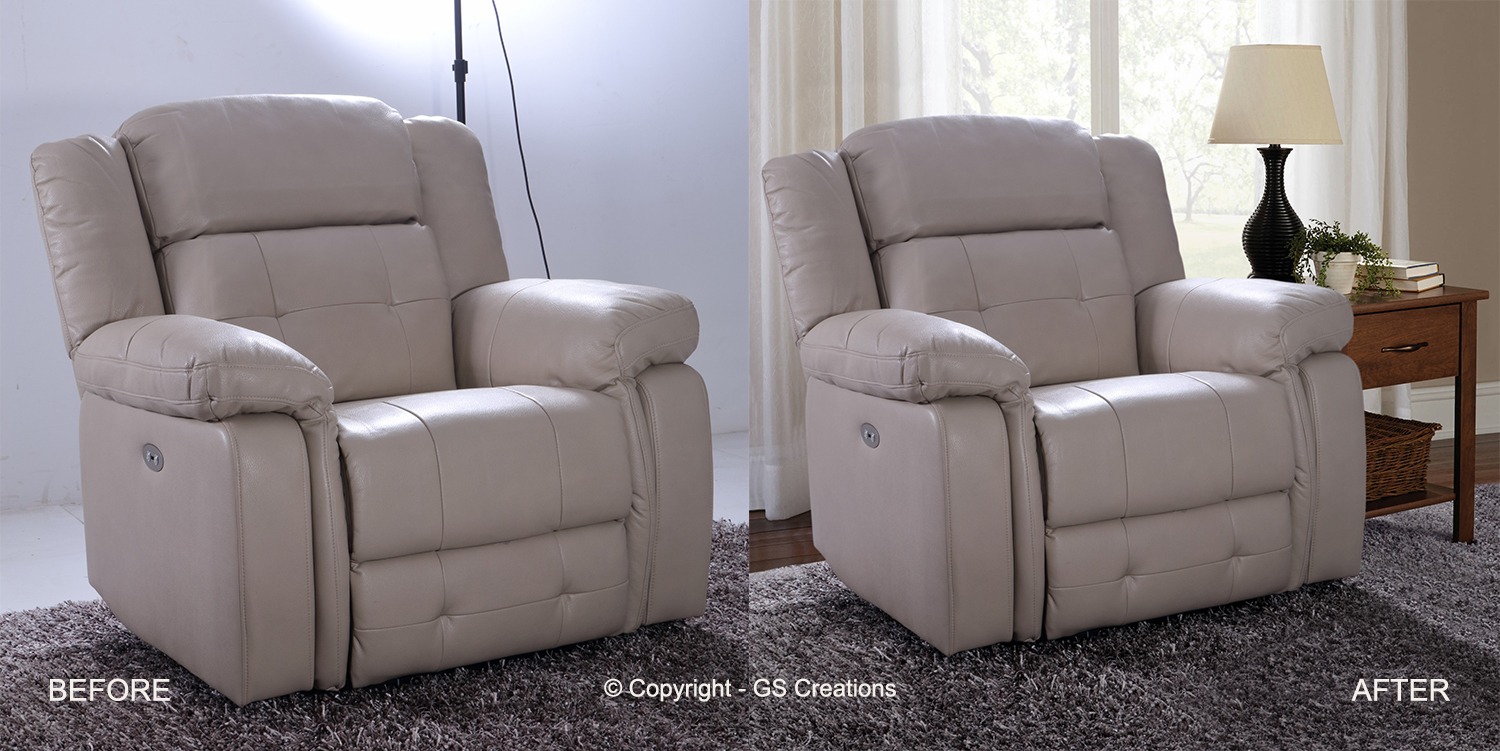
Attention to Detail
In product photography, the smallest of details on the product itself become crucial. The photographer’s keen eye for imperfections, dust, fingerprints, or blemishes can make a world of difference. A lint-free cloth, a small brush, or compressed air can be used to clean and prepare the product meticulously before each shot.
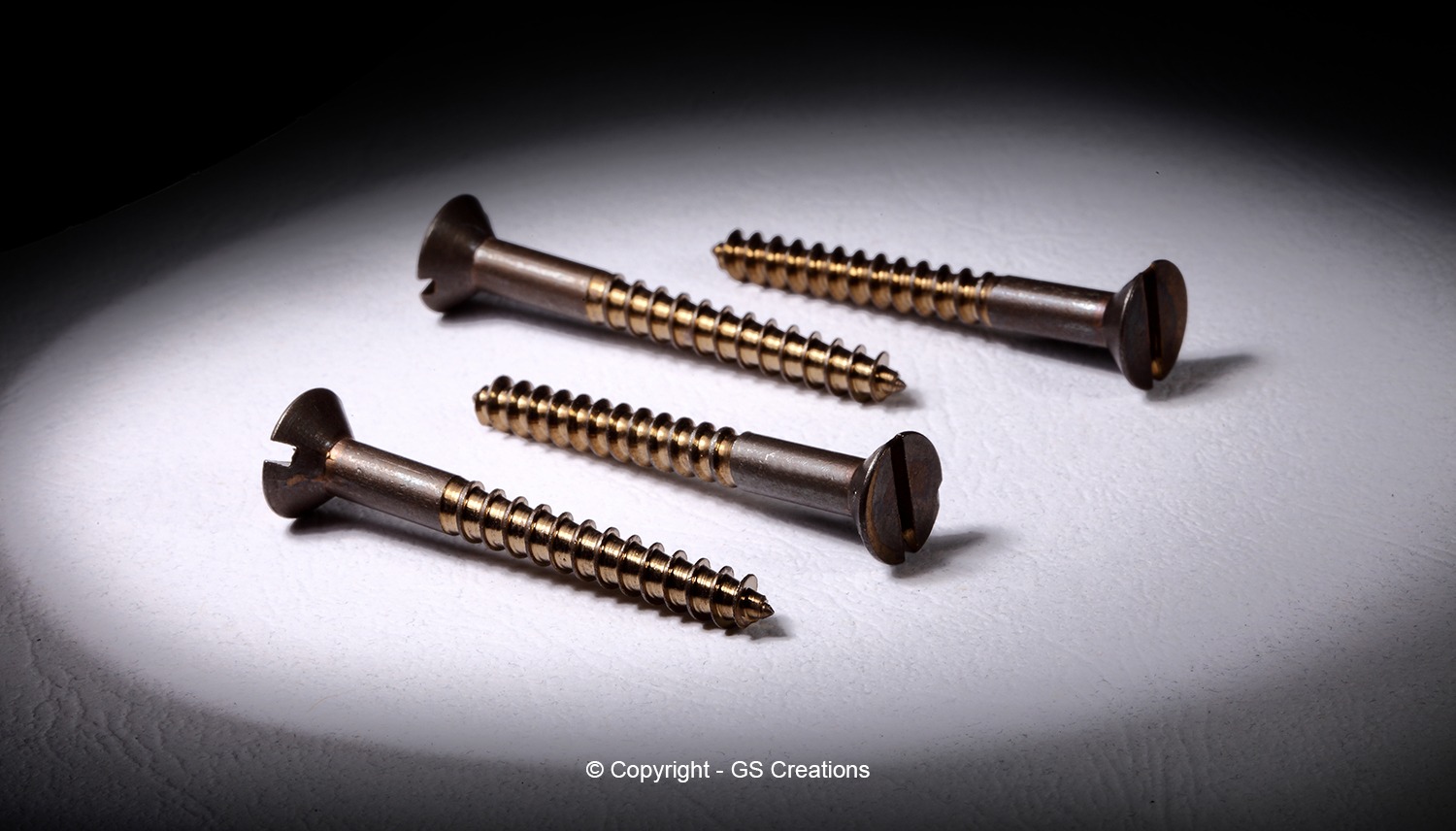
Moreover, capturing the intricate details of the product, such as fine textures, embossing, or stitching, can be a selling point. Macro photography techniques with specialized lenses are often used to capture these small elements, allowing customers to see the product’s quality up close.
Conclusion
In the world of professional product photography, the adage “the devil is in the details” holds true. Small things matter immensely, from precise lighting adjustments to meticulous composition, thoughtful prop choices, expert post-processing, and an unwavering attention to detail. All of these elements come together to create product images that not only look stunning but also convey the product’s essence and desirability. In a world where visual presentation plays a pivotal role in driving sales, the small things indeed make all the difference in professional product photography.
